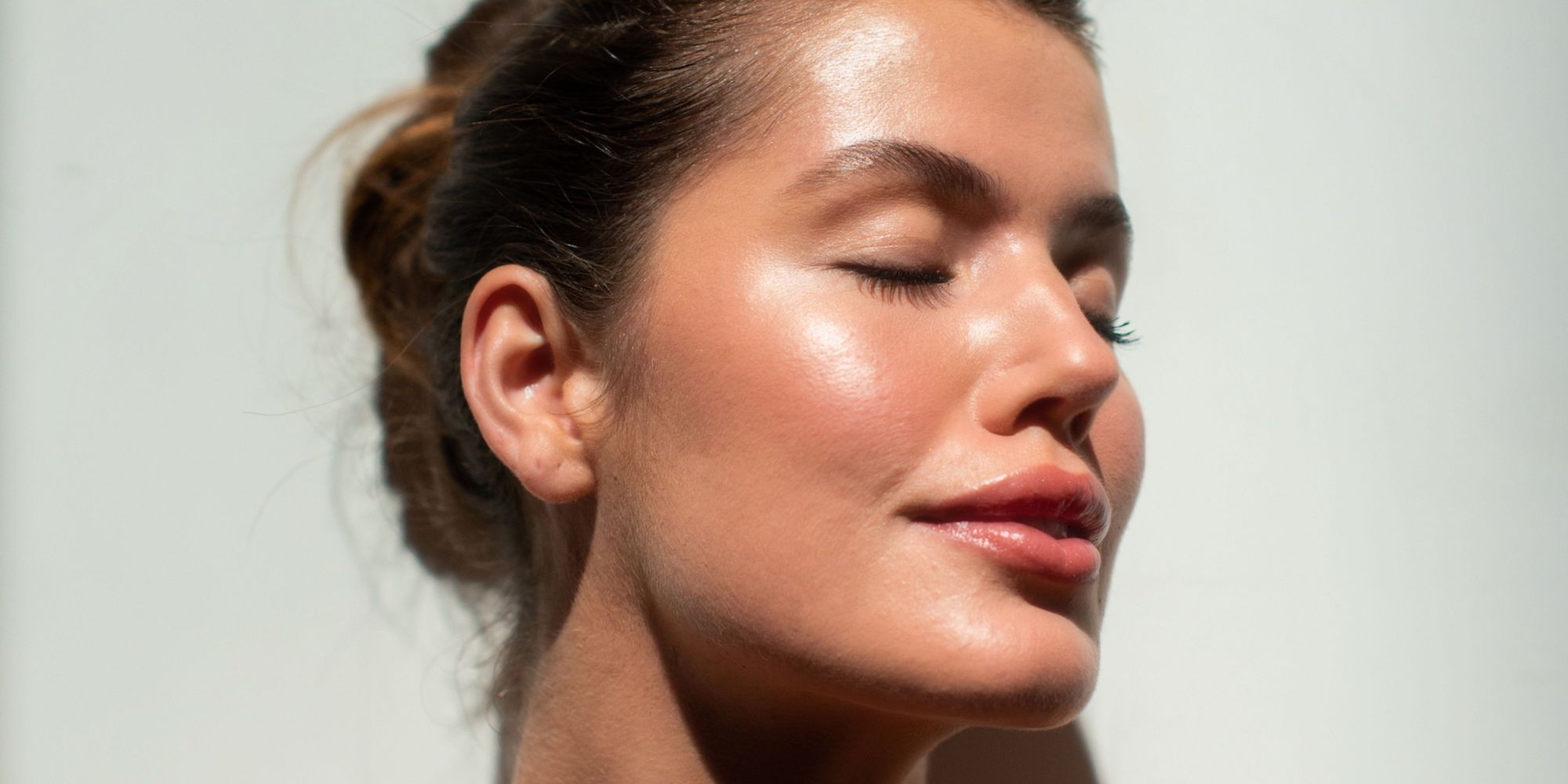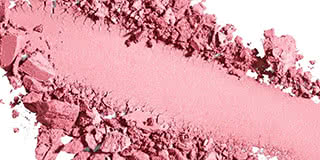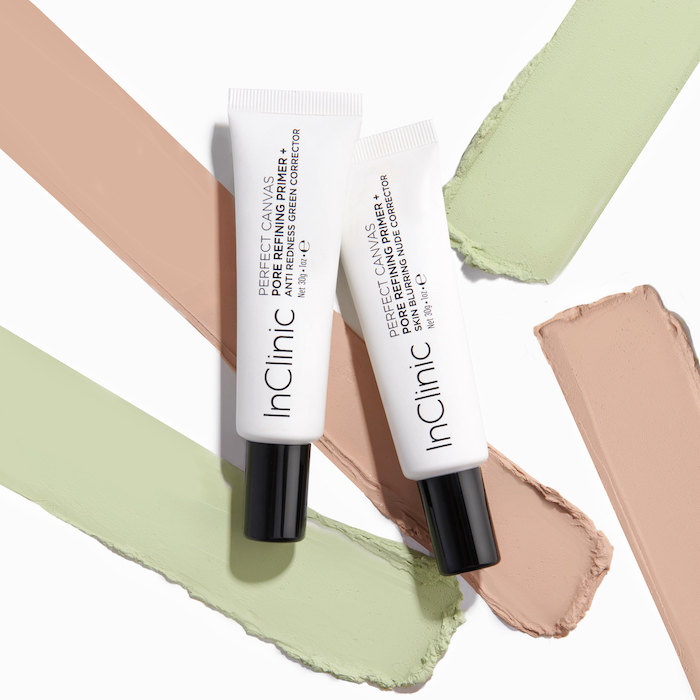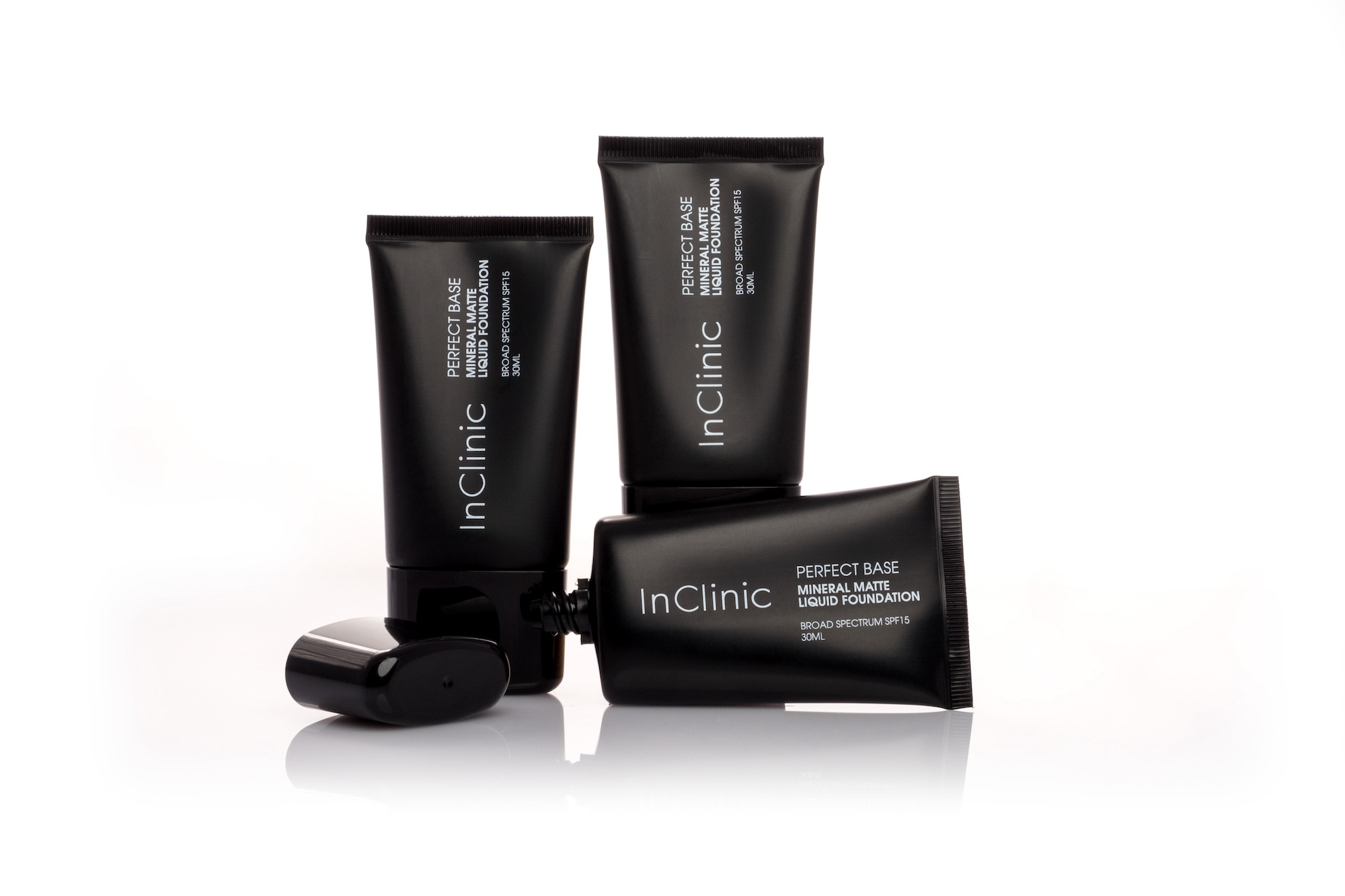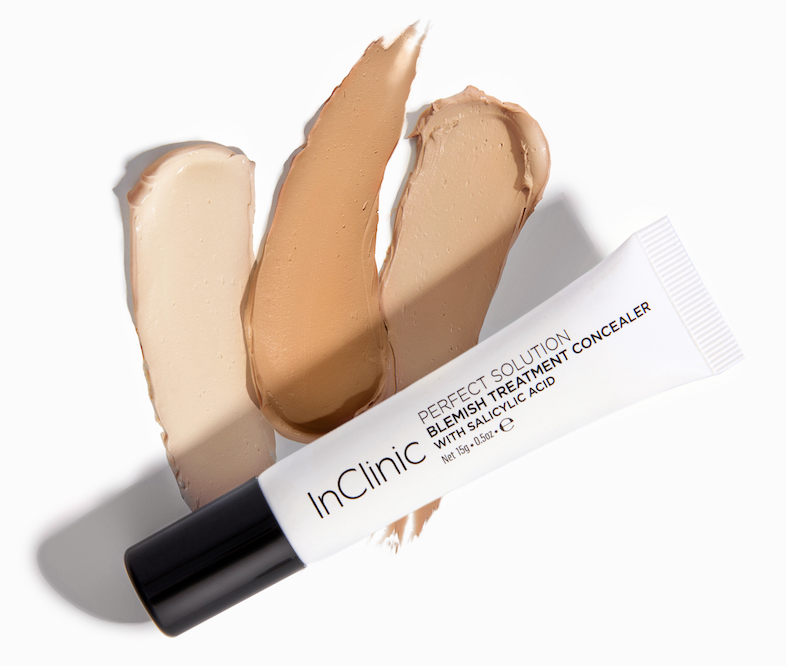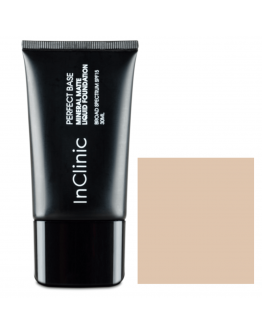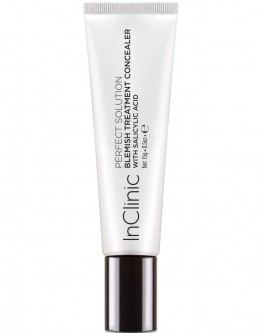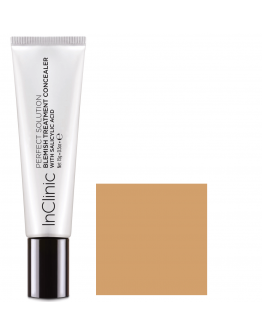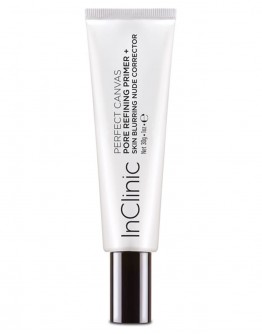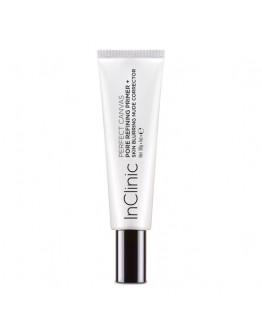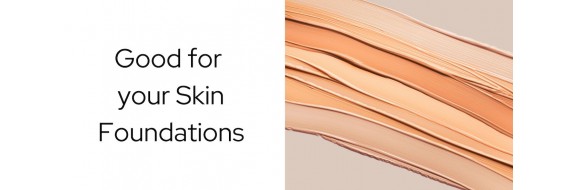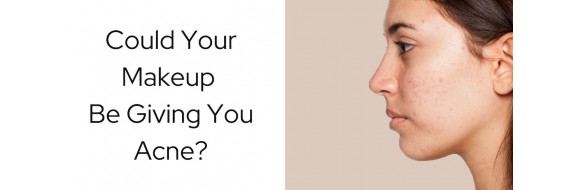
How to Treat and Cover Acne
Related products
This advanced mineral formulation triples as a liquid mineral foundation, sunscreen and anti ager. Camouflages skin imperfections and blurs the appearance of pores and blemishes. Infused with hyaluronic acid to keep skin soft, plump and hydrated. This innovative matte makeup formulation will conceal problematic skin while improving skin's texture and appearance with daily use. Safe to use on all skin types including blemish prone, sensitive skin and after cosmetic procedures.Foundation Finder Quiz..
This advanced mineral formulation triples as a liquid mineral foundation, sunscreen and anti ager. Camouflages skin imperfections and blurs the appearance of pores and blemishes. Infused with hyaluronic acid to keep skin soft, plump and hydrated. This innovative matte makeup formulation will conceal problematic skin while improving skin's texture and appearance with daily use. Safe to use on all skin types including blemish prone, sensitive skin and after cosmetic procedures.Foundation Finder Quiz..
Add to CartA good for your skin concealer that treats and heals blemishes while covering redness. This full coverage advanced formula contains soothing, calming and healing vitamins along with specially selected plant extracts that provide anti-inflammatory and antibacterial properties which are useful for clearing breakout prone skin. Safe to use on sensitive and blemish prone skin...
A good for your skin concealer that treats and heals blemishes while covering redness. This full coverage advanced formula contains soothing, calming and healing vitamins along with specially selected plant extracts that provide anti-inflammatory and antibacterial properties which are useful for clearing breakout prone skin. Safe to use on sensitive and blemish prone skin...
Add to CartThis innovative lightweight formula cleverly smooths skin to even out texture while skin nourishing ingredients calm and soothe sensitive skin. Use alone or for long-lasting flawless makeup application. Safe for all skin types, especially combination to oily skin...
This innovative lightweight formula cleverly smooths skin to even out texture while skin nourishing ingredients calm and soothe sensitive skin. Use alone or for long-lasting flawless makeup application. Safe for all skin types, especially combination to oily skin...
Add to Cart